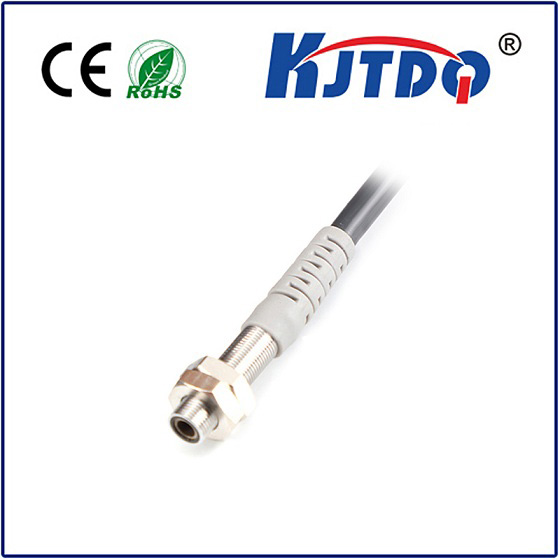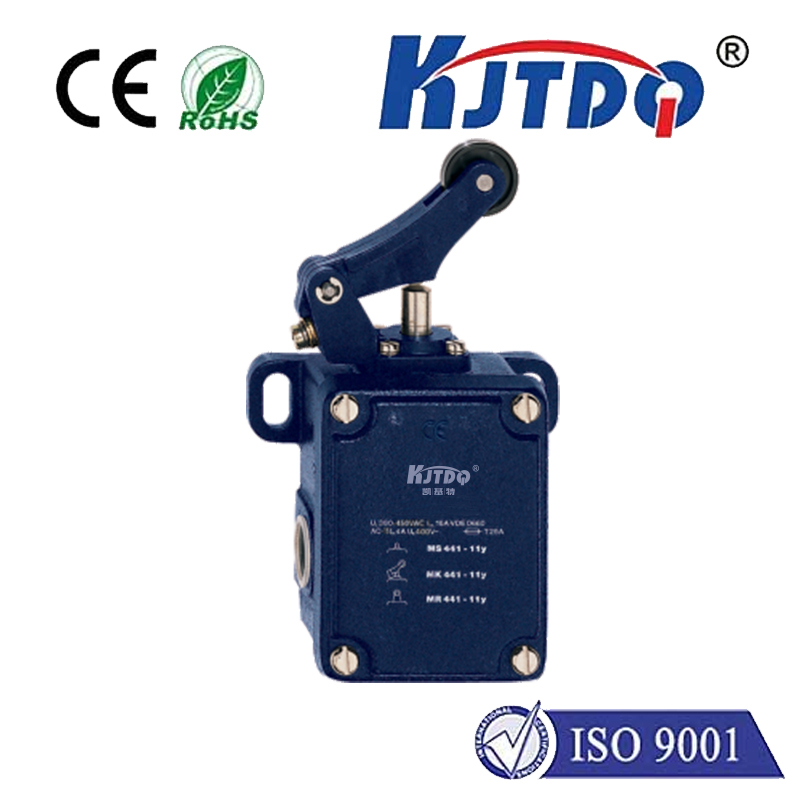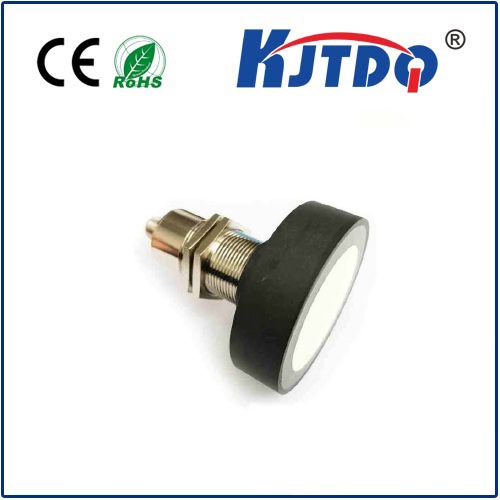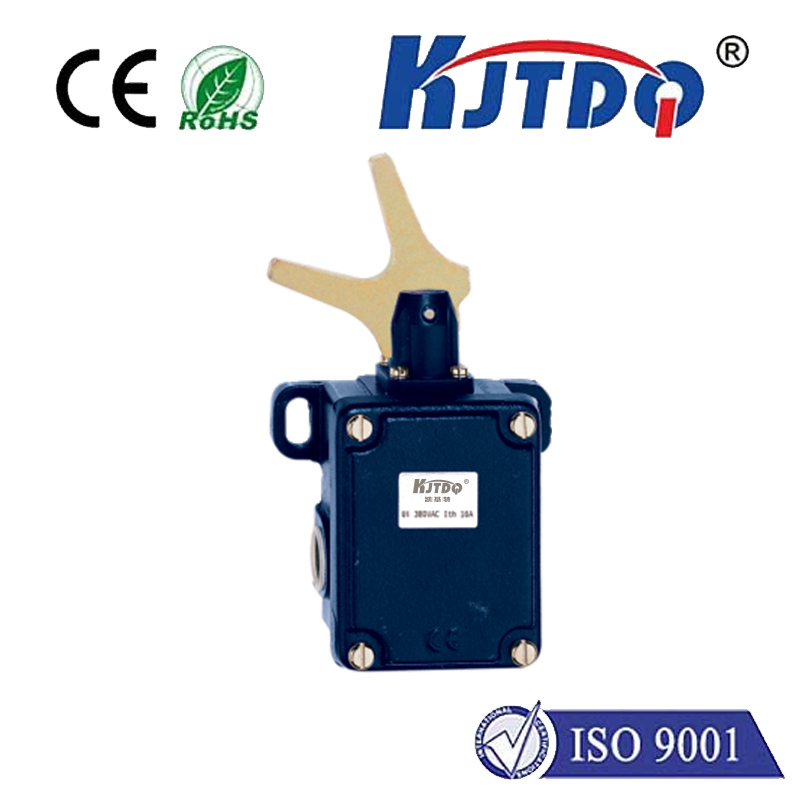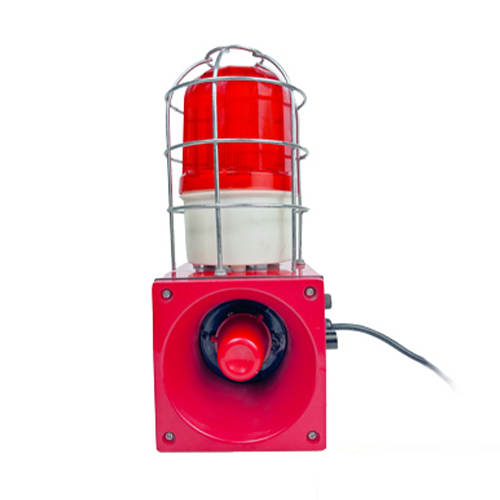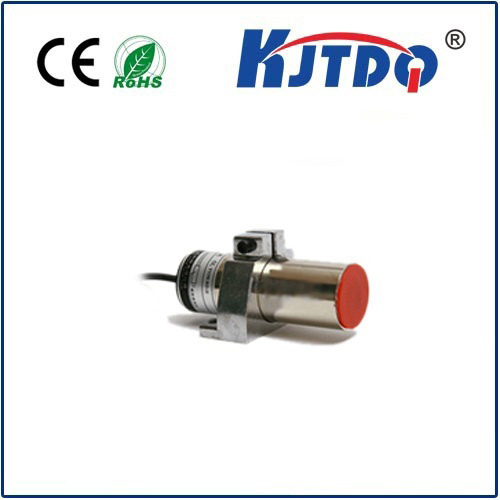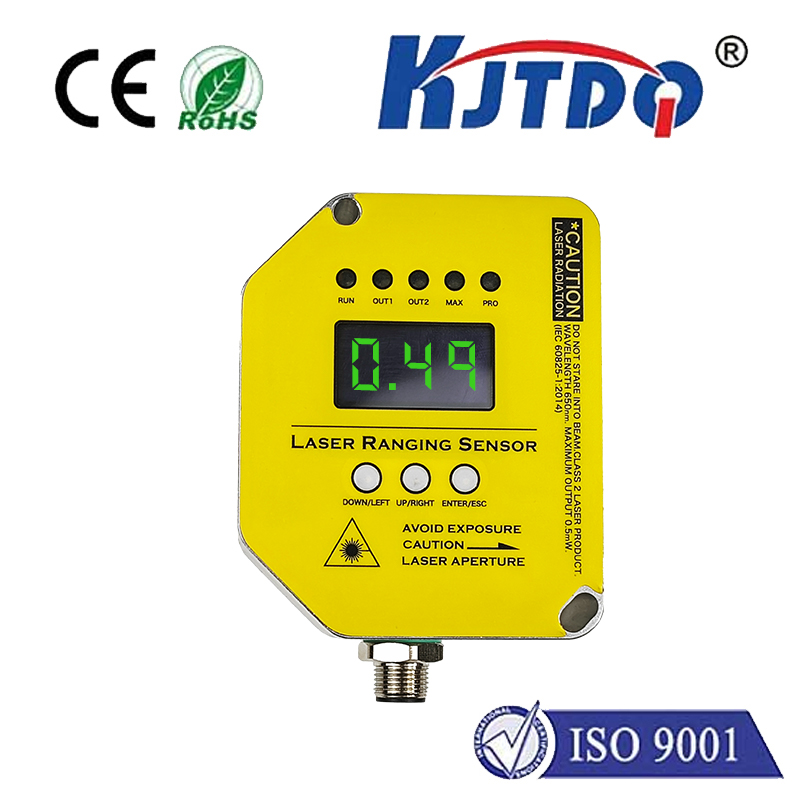heater oxygen sensor
- time:2025-08-15 04:45:34
- Нажмите:0
Your Car’s Secret Weapon for Clean Air: Understanding the Heated Oxygen Sensor (HO2S)
That dreaded glow of the check engine light. Reduced fuel efficiency you can feel in your wallet. A rough idle when the engine’s cold. These frustrating issues often trace back to a small but mighty component buried in your exhaust system: the Heated Oxygen Sensor (HO2S), also commonly called a lambda sensor or simply an O2 sensor with a heater. Far from just another part, this sensor plays a central role in your engine’s performance, emissions control, and overall efficiency. Let’s dive into what makes it tick and why it’s so crucial.
What Exactly is a Heater Oxygen Sensor?
At its core, an oxygen sensor measures the amount of unburned oxygen present in your vehicle’s exhaust gases. This information is critical. Your car’s engine control unit (ECU) acts like the brain, constantly analyzing this oxygen data to determine if the air-fuel mixture entering the engine is too rich (too much fuel) or too lean (too much air). Based on this feedback, the ECU dynamically adjusts the fuel injector pulse width, striving for the chemically ideal mixture known as stoichiometry – approximately 14.7 parts air to 1 part fuel for gasoline engines. This precise balancing act is called closed-loop operation, and it’s essential for optimal combustion.
Why the Heater? The Cold-Start Conundrum
The “heater” part of the Heated Oxygen Sensor is absolutely vital for modern vehicles. Here’s why:

- Speed is Critical: Standard zirconia-dioxide oxygen sensors (pre-heater era) only start generating an accurate voltage signal once their sensing element reaches a very high operating temperature – typically around 600 degrees Fahrenheit (315 degrees Celsius). Relying solely on exhaust heat to warm up could take minutes after a cold start.
- Cold Start Emissions Are the Worst: The period immediately after starting a cold engine is when emissions are at their absolute highest. The engine runs in an open-loop mode (ignoring O2 sensor data), using pre-programmed fuel maps that are inherently richer and less efficient.
- The Heater Solves This: The HO2S incorporates a small, integrated electrical heater element. When you start the engine, especially from cold, the ECU immediately powers this heater. This drastically reduces the sensor’s warm-up time – often bringing it online within 20-60 seconds. The sensor reaches its optimal operating temperature quickly, enabling the ECU to enter closed-loop control much faster.
- Result: Significantly reduced cold-start hydrocarbon (HC) and carbon monoxide (CO) emissions, better initial fuel economy, and smoother idling shortly after startup. Meeting stringent modern emissions standards would be impossible without heated oxygen sensors.
How the Heated Oxygen Sensor Operates
The HO2S functions as a high-tech battery generating its own voltage based on oxygen differential:
- The Core: A ceramic sensing element (usually zirconium dioxide) sits inside the sensor, exposed to exhaust gases on one side and outside (reference) air on the other.
- Oxygen Comparison: The sensor compares the oxygen content in the exhaust stream to the oxygen content in the ambient air.
- Voltage Generation:
- High Oxygen (Lean Mixture): Generates a Низкий voltage signal (typically around 0.1 - 0.3 volts).
- Low Oxygen (Rich Mixture): Generates a high voltage signal (typically around 0.6 - 0.9 volts).
- The Ideal Target: The ECU constantly monitors this fluctuating voltage signal, aiming to keep it rapidly crossing the stoichiometric midpoint (around 0.45 volts). This rapid switching indicates it’s actively and successfully adjusting the fuel trim.
- The Heater’s Constant Role: The heater isn’t just for startups. It maintains the sensor at its optimal operating temperature consistently, ensuring accurate readings even during low-exhaust-flow conditions like idling, long descents, or low-speed driving. This prevents the sensor from “cooling off” and dropping out of closed-loop operation prematurely.
Location Matters: Upstream vs. Downstream HO2S
Modern vehicles typically have at least two heated oxygen sensors:
- Upstream (Sensor 1) HO2S: Located before the catalytic converter, in the exhaust manifold or front exhaust pipe. This is the primary sensor responsible for fuel mixture feedback to the ECU for engine control and emissions reduction.
- Downstream (Sensor 2) HO2S: Located after the catalytic converter. Its primary role is monitoring the efficiency of the catalytic converter itself. It measures the oxygen content post-catalyst and should show a much more stable signal than the rapidly switching upstream sensor if the cat is working properly. The ECU compares the signals from both sensors to diagnose catalyst health.
Symptoms of a Failing Heated Oxygen Sensor
Ignoring HO2S problems can lead to poor performance and increased emissions. Watch for:
- Illuminated Check Engine Light (CEL): This is the most common indicator. The ECU stores specific diagnostic trouble codes (DTCs).
- Poor Fuel Economy: A faulty sensor sending incorrect signals can cause the ECU to constantly enrich the fuel mixture, burning more gas than necessary.
- Rough Idle, Especially When Cold: Difficulty entering or maintaining closed-loop operation leads to unstable idling.
- Engine Hesitation or Misfires: Incorrect air-fuel ratios disrupt smooth combustion.
- Failed Emissions Test: High HC or CO readings often point directly to O2 sensor or related system issues.
- Sulfur/Rotten Egg Smell from Exhaust: Often linked to a sensor failure causing an overly rich condition, overloading the catalytic converter.
Diagnostic Trouble Codes (DTCs) & Heater Circuit Issues
Common HO2S-related DTCs often indicate problems with either the sensing circuit or the heater circuit:
- Sensor Circuit Codes: (e.g., P0130 - O2 Sensor Circuit Malfunction Bank 1 Sensor 1, P0150 - Bank 2 Sensor 1). These relate to the voltage signal generated by the sensing element itself. It could be slow response, no activity, or signal stuck high/low.
- Heater Circuit Codes: (e.g., P0135 - O2 Sensor Heater Circuit Malfunction Bank 1 Sensor 1, P0155 - Bank 2 Sensor 1). These specifically indicate a problem within the heater circuit – an open circuit, short circuit, or excessive current draw. A heater circuit failure doesn’t necessarily mean the sensing element is dead, but it severely cripples the sensor’s functionality, especially during warm-up, often triggering other sensor circuit codes as a consequence.
The Importance of Timely Replacement
A malfunctioning heater oxygen sensor impacts your vehicle’s drivability, your wallet through wasted fuel, and the environment. While HO2S are wear items (typically lasting 60,000-100,000 miles), their failure accelerates pollution. Replacing a faulty HO2S restores critical feedback to the ECU, allowing it to optimize combustion, reduce harmful emissions, and save you money at the pump. Addressing heater circuit failures promptly is equally important to maintain the sensor’s fast activation and overall system performance.
Recognizing the vital function of the heater oxygen sensor – from its rapid warm-up capability to its continuous role in precise mixture control – underscores why this component is fundamental

